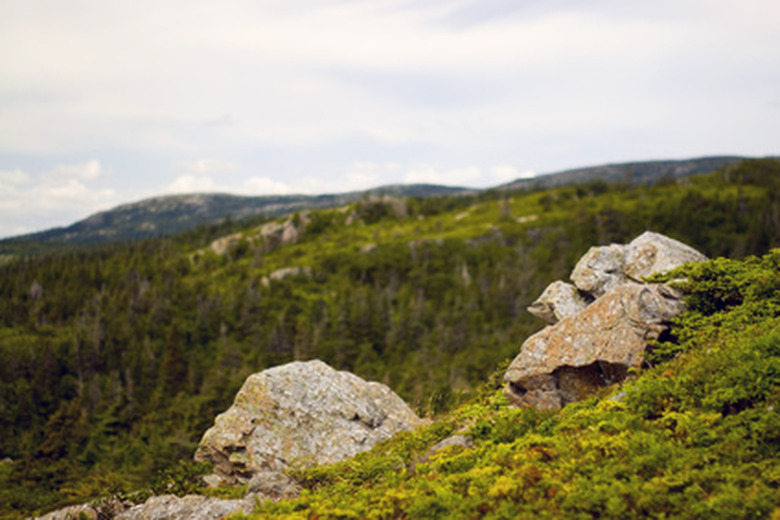Role Of Ecological Succession In Ecosystems
Without ecological succession, Earth would be much like Mars. Ecological succession provides diversity and depth to a biotic community. Without it, life can not grow or progress. Succession, it seems, is the gateway to evolution. There are five main elements to ecological succession: primary succession, secondary succession, pioneer and niche species, climax communities and sub-climax communities.
Primary Succession
Primary Succession
Primary succession is a long and drawn out process. Often, primary succession takes many thousands of years but it can occur in a few centuries. Primary succession is the process by which an area, void of life and barren, becomes populated by simple, hardy species known as pioneers. These pioneer species gradually spread into and through the barren landscape preparing it for larger more complex organisms. Once the landscape begins to accept more complex life, succession continues until a climax or general equilibrium is reached.
Secondary Succession
Secondary Succession
Secondary succession is similar to primary succession in that pioneer species populate and prepare an area or landscape for more complex life. Secondary succession, however, occurs much more rapidly. Often secondary succession occurs in a single century or less. Secondary succession is the result of a damaged landscape re-establishing itself or changing all together into a new kind of biotic landscape. In secondary succession, the recently occupied landscape has been dramatically changed by disaster or environmental invasion. Forest fires and farming are examples of events leading to secondary succession.
Pioneer and Niche Species
Pioneer and Niche Species
As mentioned above, pioneer species are generally small hardy species that spread into un-colonized areas. They are often perennial species that spread quickly, die off each season and leave behind a large amount of seeds for the next season. Niche species are larger more complex organisms that live longer and interact with the surrounding environment more. Niche species fill a biological gap where their specific traits suit their needs for survival without infringing on other species needs.
Climax Communities
Climax Communities
When a barren area has been sufficiently occupied and prepared by pioneer species, the landscape develops into a climax community. Organisms within a climax community have filled most if not all of the biological niches. A general equilibrium is reached and succession slows. While climax communities change very slowly, they do still change. Succession continues to very the biotic landscape as organisms co-evolve and adapt to the equalized state. This continued succession can lead to dramatic changes and a breakdown of equilibrium leading to another process of aggressive ecological succession.
Sub-climax Communities
Sub-climax Communities
Sub-climax communities are communities that are not yet in a state of equilibrium. These communities can both precede and follow climax communities. Preceding sub-climax communities are occupied by both pioneer and niche species. There are many available biological niches waiting to be filled or re-occupied. Sub-climax communities can follow climax communities for many reasons. Sometimes the biotic landscape is invaded and occupied for a brief time by an invasive species. The invasive species alters the equilibrium, opening the landscape up to pioneer species. Biological niches are altered and the landscape begins to change.
References
- "Life on Earth Second Edition"; Audesirk, Byers; Prentece Hall; 2000
Cite This Article
MLA
Wilson, JL. "Role Of Ecological Succession In Ecosystems" sciencing.com, https://www.sciencing.com/role-ecological-succession-ecosystems-6331413/. 22 November 2019.
APA
Wilson, JL. (2019, November 22). Role Of Ecological Succession In Ecosystems. sciencing.com. Retrieved from https://www.sciencing.com/role-ecological-succession-ecosystems-6331413/
Chicago
Wilson, JL. Role Of Ecological Succession In Ecosystems last modified August 30, 2022. https://www.sciencing.com/role-ecological-succession-ecosystems-6331413/
